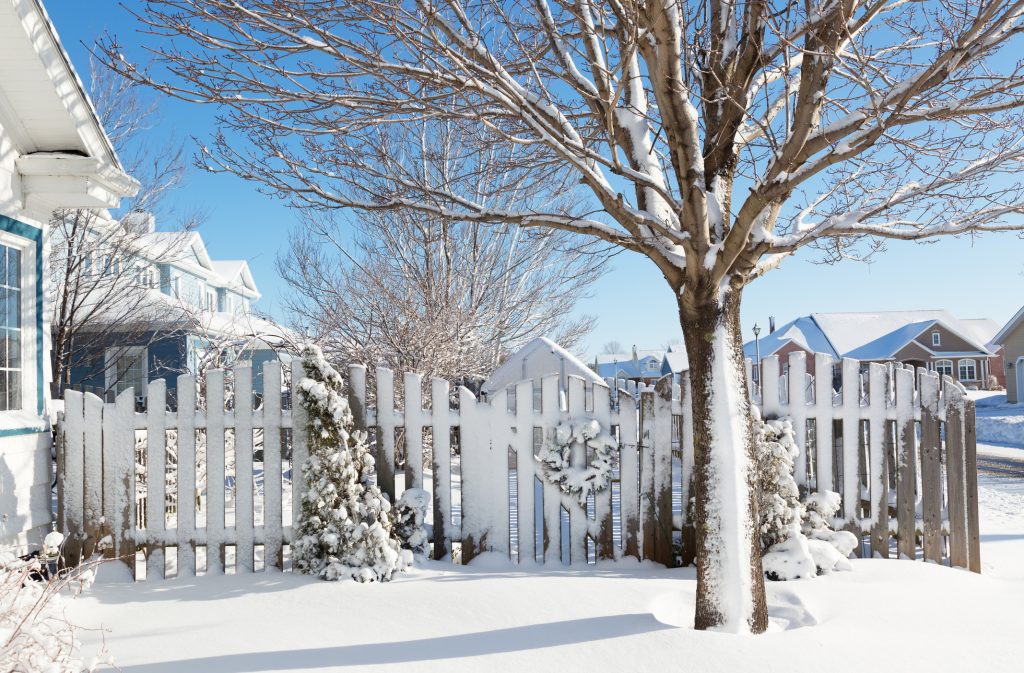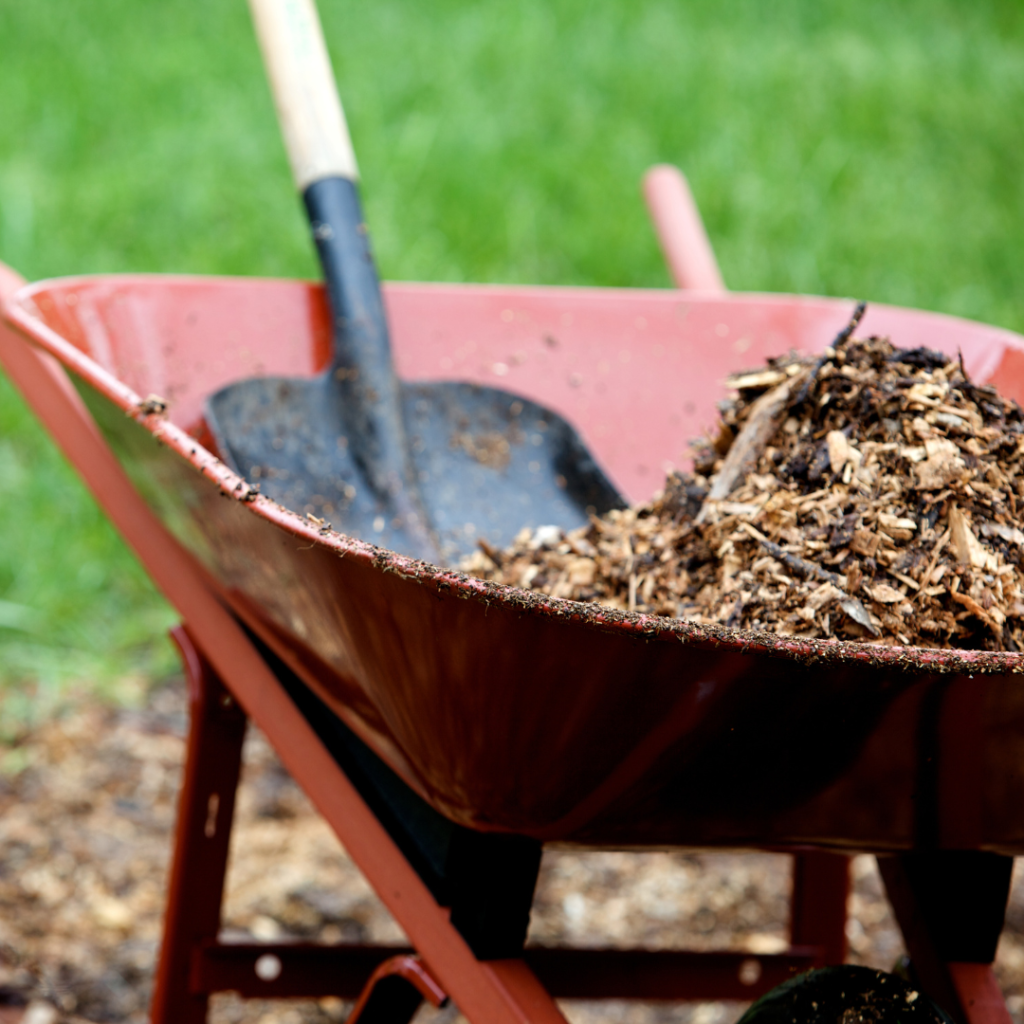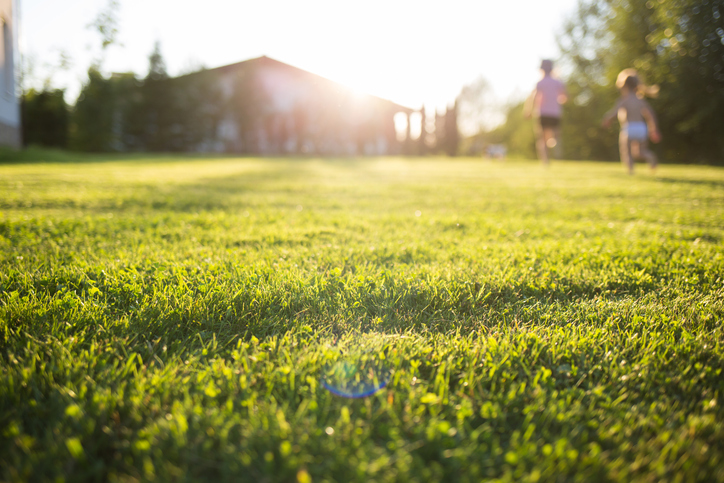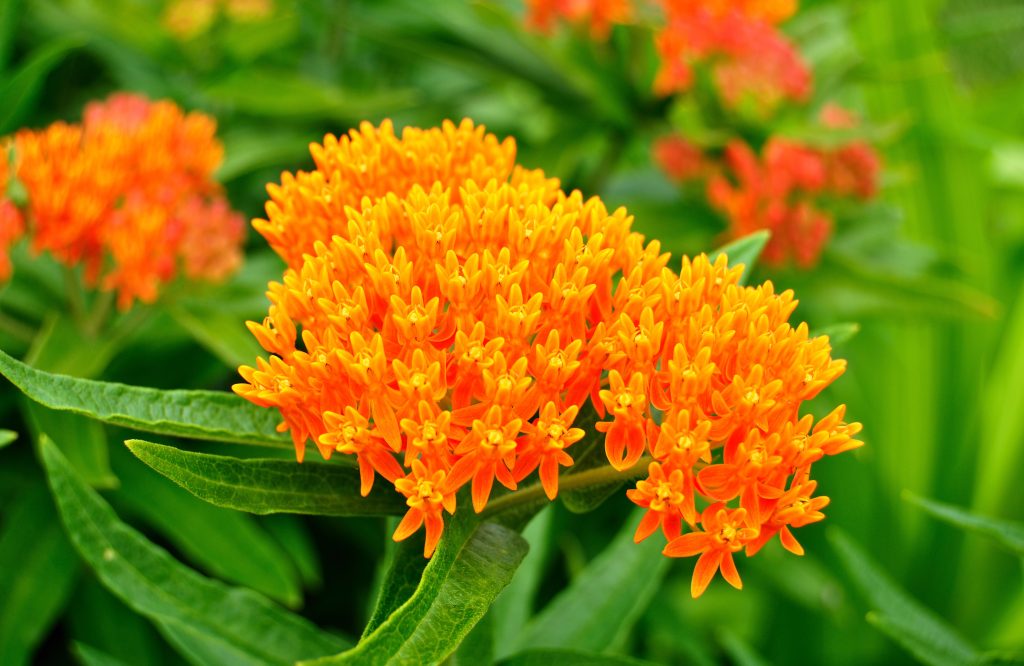As the leaves begin to change and the air turns crisp, it’s the perfect time to transform your garden into a fall-themed paradise. Many helpful tips can allow you to enjoy a harvest-inspired backyard this season and at Giovine Landscaping, we believe that autumn offers a unique opportunity to celebrate the beauty of nature through vibrant colors and harvest-inspired decorations. Here’s how you can create a stunning fall-themed garden that reflects the season’s charm.
Choose the Right Plants
Start by selecting the right plants to embody the spirit of fall. Opt for colorful foliage and seasonal flowers. Chrysanthemums, also known as mums, come in various hues of orange, yellow, and red, making them ideal for a harvest-themed garden. Pansies and ornamental cabbage add rich textures and additional colors. Don’t forget about autumn perennials like sedum and aster that bloom well into the fall.
Incorporate Harvest Elements
To enhance the autumn aesthetic, incorporate elements that celebrate the harvest season. Pumpkins and gourds are quintessential fall decorations that can be arranged in various sizes and colors. Create an inviting display by grouping them in clusters along pathways or near flower beds.
You can also add corn stalks or hay bales as decorative accents. They not only serve as excellent fall decorations but can also function as seating for outdoor gatherings. For a rustic touch, consider using wooden crates to hold seasonal fruits like apples or pears, adding a natural element to your garden decor.
Incorporating seasonal accents is key to achieving a harvest theme. Consider hanging a wreath made of dried leaves, berries, or pinecones on your front door to welcome guests. You can also place lanterns filled with candles or LED lights around your garden to create a warm glow as the sun sets.
Utilize Fall Colors
When decorating your garden, focus on the rich color palette of fall. A scientific study has shown a correlation between the fall season and our psychological affinity for fall colors, so incorporating these shades in your gardenscape is a scientifically backed decision. Use decorative outdoor pillows, blankets, or even tablecloths in shades of burgundy, mustard yellow, and deep green. Consider painting flower pots or planters in these colors to tie the theme together. String lights with warm hues can create a cozy atmosphere, making your garden a perfect spot for evening gatherings.
Maintenance Tips
To keep your fall-themed garden looking its best, regular maintenance is essential. Rake leaves regularly, deadhead spent flowers, and ensure that plants receive adequate water. Mulching can help retain moisture and add a neat appearance to your garden beds. Discover a comprehensive fall garden maintenance guide in our previous blog post here.
Transforming your garden into a fall-themed retreat is a delightful way to celebrate the season. With the right plants, harvest decorations, and cozy spaces, you can create an inviting atmosphere that brings warmth and charm to your home. At Giovine Landscaping, we’re here to help you design and maintain your ideal autumn garden. Embrace the beauty of fall and let your garden shine! For more landscaping tips and services, contact us today at (724) 316-3064.



